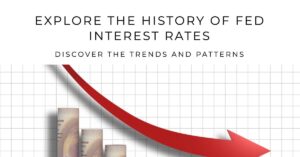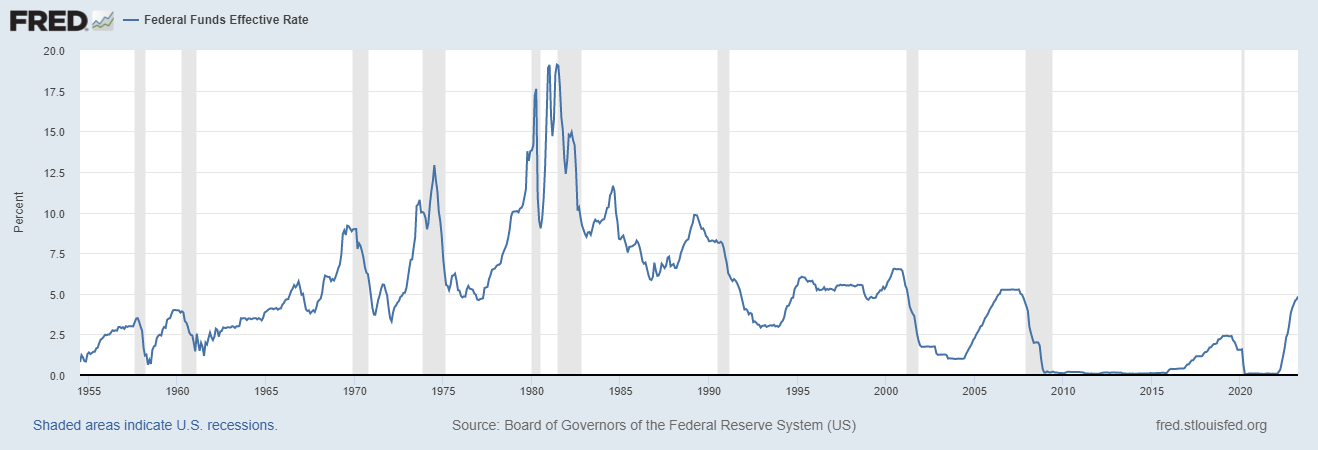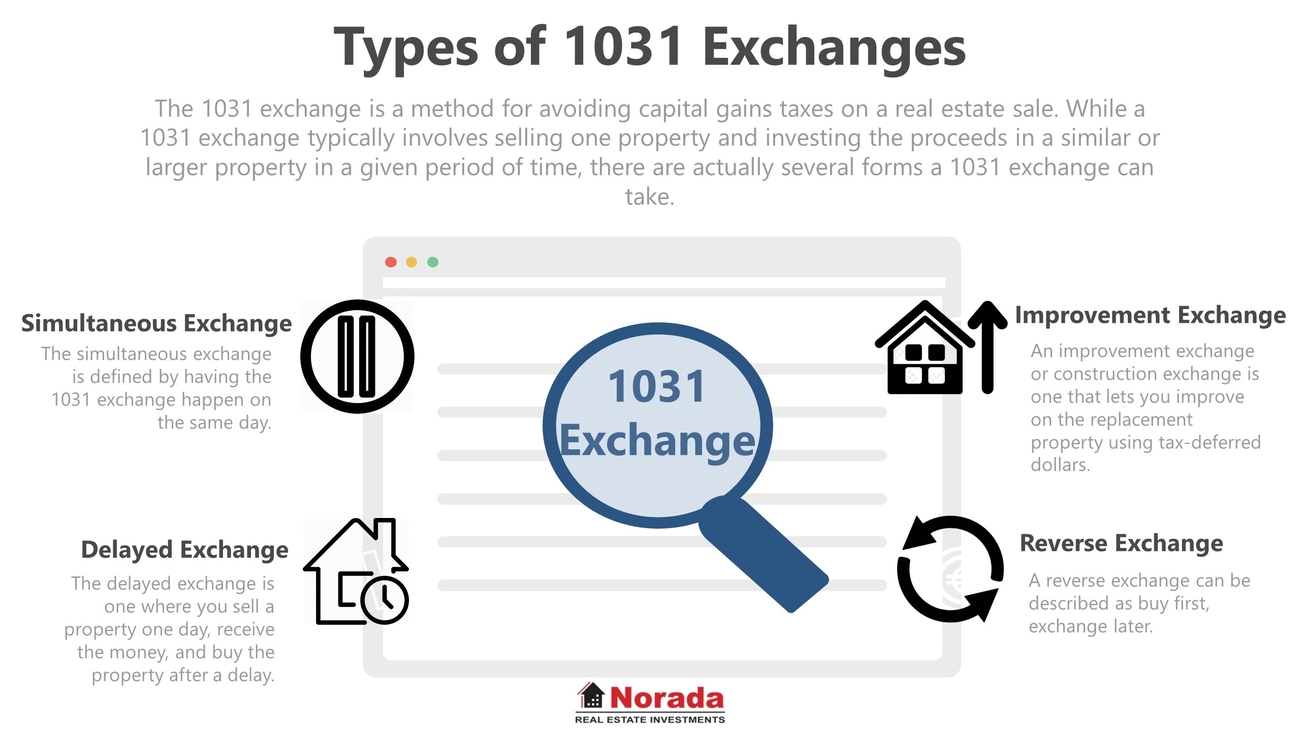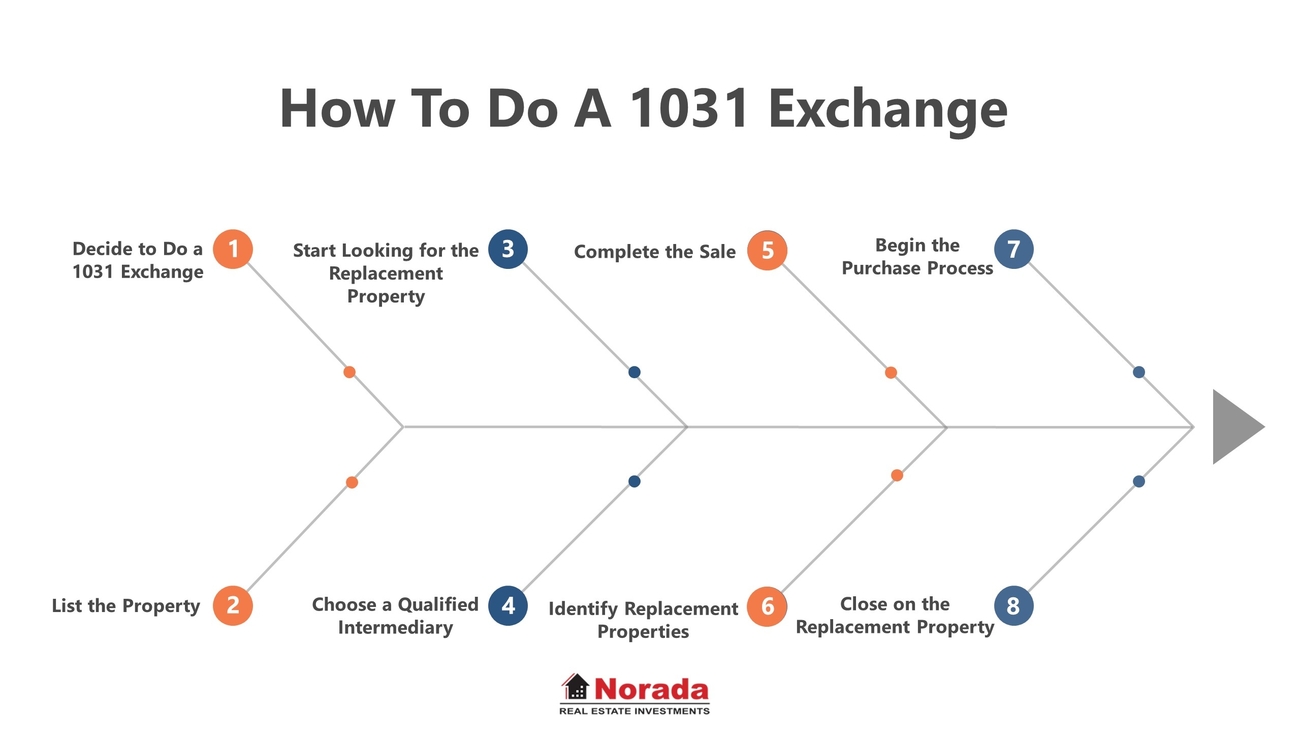If you are thinking of becoming a real estate agent in New York, you might be wondering how much money you can make in this profession. The answer is not simple, as there are many factors that affect the income of a real estate agent, such as the location, the market conditions, the level of experience, the type of property, and the commission structure.
How Much Do Real Estate Agents Make in New York?
According to Indeed.com, the average salary for a real estate agent in New York, NY is $103,421 per year as of October 16, 2023. This is 9% above the national average of $94,371 per year. However, this figure is based on 357 salaries reported by real estate agents on Indeed.com, which may not reflect the actual income of all real estate agents in New York.
Another source, Salary.com, reports that the average real estate sales agent salary in New York is $48,693 as of September 25, 2023. This is based on a range of $47,568 to $61,936, which varies depending on the city and other factors. However, this figure does not include bonuses, commissions, or other benefits that real estate agents may receive.
Therefore, to get a more accurate estimate of how much real estate agents make in New York, we need to look at the commission structure and the average sales price of properties in different areas. Suppose the median sales price of homes in New York State is $380,000. The median sales price of homes in New York City is $680,000, while the median sales price of homes in Long Island is $550,000.
The commission rate for real estate agents in New York is typically 6%, which is split between the listing agent and the buyer's agent. However, this rate is negotiable and may vary depending on the type and value of the property. For example, some luxury properties may have a lower commission rate than average properties. Some agents may also charge a flat fee or a minimum commission for their services.
Assuming a 6% commission rate and a median sales price of $680,000 for homes in New York City, a real estate agent would earn $20,400 for each sale. If the agent sells 10 homes per year, their annual income would be $204,000. However, this does not include the expenses that real estate agents have to pay for marketing, advertising, licensing, insurance, taxes, and other costs.
Therefore, to calculate the net income of a real estate agent in New York, we need to subtract these expenses from their gross income. According to The Balance Small Business, the average annual expenses for a real estate agent are about $15,000.
This includes $5,000 for marketing and advertising, $3,000 for licensing and education, $2,500 for office and technology fees, $2,000 for insurance and legal fees, $1,500 for travel and transportation costs, and $1,000 for miscellaneous expenses.
Using these figures, we can estimate that the net income of a real estate agent in New York City who sells 10 homes per year at a median price of $680,000 would be:
$204,000 – $15,000 = $189,000
Of course, this is just an example and does not represent the actual income of every real estate agent in New York. Some agents may sell more or fewer homes per year than 10. Some agents may work with higher or lower-priced properties than the median. Some agents may have higher or lower expenses than the average. Some agents may also have other sources of income besides commissions.
Therefore, if you want to know how much you can make as a real estate agent in New York, it's essential to consider these factors and tailor your expectations accordingly.












